Related Research Articles
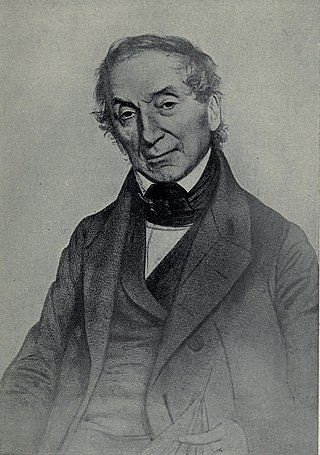
Nathaniel Wolff Wallich was a surgeon and botanist of Danish origin who worked in India, initially in the Danish settlement near Calcutta and later for the Danish East India Company and the British East India Company. He was involved in the early development of the Calcutta Botanical Garden, describing many new plant species and developing a large herbarium collection which was distributed to collections in Europe. Several of the plants that he collected were named after him.

William Roxburgh FRSE FRCPE FLS was a Scottish surgeon and botanist who worked extensively in India, describing species and working on economic botany. He is known as the founding father of Indian botany. He published numerous works on Indian botany, illustrated by careful drawings made by Indian artists and accompanied by taxonomic descriptions of many plant species. Apart from the numerous species that he named, many species were named in his honour by his collaborators.
David Don was a Scottish botanist.
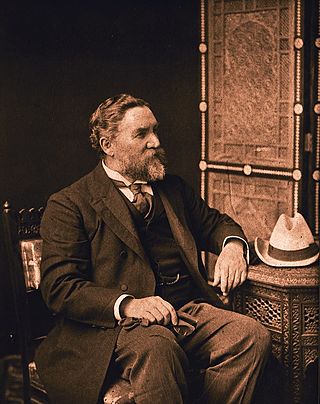
Sir George Watt was a Scottish physician and botanist who worked in India as "Reporter" on economic botany and during the course of his career in India he compiled a major multivolume work, TheDictionary of Economic Products of India, the last volume of which was published in 1893. An abridged edition of his work was also published as the single volume Commercial Products of India in 1908. He is honoured in the binomials of several plants named after him.
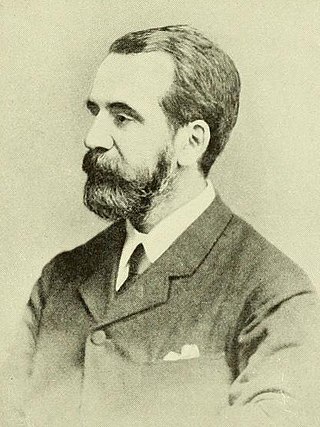
Sir George King was a Scottish-born British botanist who was appointed superintendent of the Royal Botanic Garden, Calcutta in 1871, and became the first Director of the Botanical Survey of India from 1890. He was recognised for his work in the cultivation of cinchona and for setting up a system for the inexpensive distribution of the anti-malarial quinine throughout India through the postal system.
Charles Lionel Augustus de Nicéville was a curator at the Indian Museum in Calcutta. He studied the butterflies of the Indian Subcontinent and wrote a three volume monograph on the butterflies of India, Bangladesh, Nepal, Burma and Sri Lanka. He also studied the mantids of the Oriental region.

Robert Wight MD FRS FLS was a Scottish surgeon in the East India Company, whose professional career was spent entirely in southern India, where his greatest achievements were in botany – as an economic botanist and leading taxonomist in south India. He contributed to the introduction of American cotton. As a taxonomist he described 110 new genera and 1267 new species of flowering plants. He employed Indian botanical artists to illustrate many plants collected by himself and Indian collectors he trained. Some of these illustrations were published by William Hooker in Britain, but from 1838 he published a series of illustrated works in Madras including the uncoloured, six-volume Icones Plantarum Indiae Orientalis (1838–53) and two hand-coloured, two-volume works, the Illustrations of Indian Botany (1838–50) and Spicilegium Neilgherrense (1845–51). By the time he retired from India in 1853 he had published 2464 illustrations of Indian plants. The standard author abbreviation Wight is used to indicate this person as the author when citing a botanical name.

Sir David Prain was a Scottish botanist who worked in India at the Calcutta Botanical Garden and went on to become Director of the Royal Botanic Gardens, Kew.
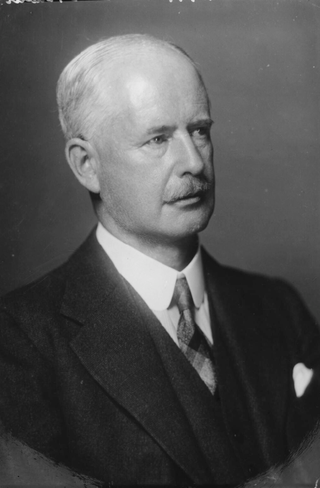
Sir Edwin John Butler was an Irish mycologist and plant pathologist. He became the Imperial Mycologist in India and later the first director of the Imperial Bureau of Mycology in England. He was knighted in 1939. During his twenty years in India, he began large scale surveys on fungi and plant pathology and published the landmark book Fungi and Disease in Plants: An Introduction to the Diseases of Field and Plantation Crops, especially those of India and the East (1918) and has been called the Father of Mycology and Plant Pathology in India.

James Sykes Gamble was an English botanist who specialized in the flora of the Indian sub-continent; he became Director of the British Imperial Forest School at Dehradun, and a Fellow of the Royal Society.

Colonel Robert Kyd was a British army officer stationed in India. He founded the botanical garden at Calcutta in 1787.
Wilhelm Sulpiz Kurz was a German botanist and garden director in Bogor, West Java and Kolkata. He worked in India, Indonesia, Burma, Malaysia and Singapore. The standard author abbreviation Kurz is used to indicate this person as the author when citing a botanical name.
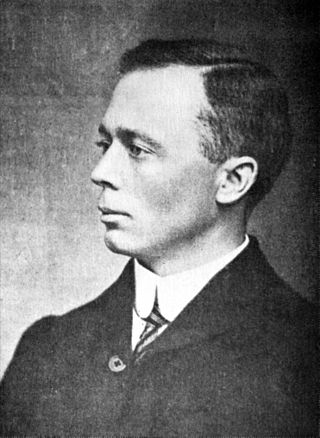
Henry Harold Welch Pearson was a British-born South African botanist, chiefly remembered for founding Kirstenbosch National Botanical Garden in 1913.

Isaac Henry Burkill was an English botanist who worked in India and in the Straits Settlements. He worked primarily in economic botany but published extensively on plant biology, ethno-botany, insect-plant interactions and described several species. He published a two volume compilation on the plants of economic importance in the Malay Peninsula, collating local names and knowledge. He also wrote a detailed history of botany in India. The plant genera Burkillia and Burkillianthus were named in his honour.

Henry Trimen was a British botanist who worked in Sri Lanka. He named several plants in the family Dipterocarpaceae.
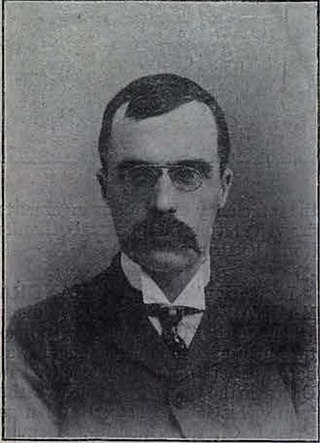
Andrew Thomas Gage was a Scottish botanist and surgeon in the Indian Medical Service who worked at the Calcutta Botanical Garden.
William Grant Craib was a British botanist. Craib was Regius Professor of Botany at Aberdeen University and later worked at the Royal Botanic Gardens, Kew.
Hermenegild Santapau (1903-1970) was a Spanish born naturalized Indian Jesuit priest and botanist, known for his taxonomical research on Indian flora. He was credited with the Latin nomenclature of several Indian plant species. A recipient of the Order of Alphonsus X the Wise and the Birbal Sahni Medal, he was honoured by the Government of India in 1967, with the award of Padma Shri, the fourth highest Indian civilian award for his contributions to the society.
James Alexander Gammie was a Kew-trained Scottish gardener and botanist known for his work in raising cinchona plantations in Mungpoo in northeastern India and in introducing a process for the extraction of cinchona alkaloids at the factory in Rungbee.
Kalipada Biswas was an Indian botanist who specialized in the algae of the Indian region and worked at the Calcutta botanical garden erstwhile Royal Botanic Garden, becoming its first Indian director and heading it from 1937 to 1955.
References
- 1 2 [A.T.G.] (1936). "Obituaries". Proceedings of the Linnean Society of London. 148 (4): 205–217. doi:10.1111/j.1095-8312.1936.tb00118.x.
- ↑ Burkill, I.H. (1962). "Chapters on the History of Botany in India. IV. The Royal Gardens at Kew begin to guide the direction of Botany in India". Journal of the Bombay Natural History Society. 59 (2): 335–359.
- ↑ Gammie, G.A. (1902). "A note on plants used during famines and seasons of scarcity in the Bombay Presidency". Records of the Botanical Survey of India. 2: 171–196.